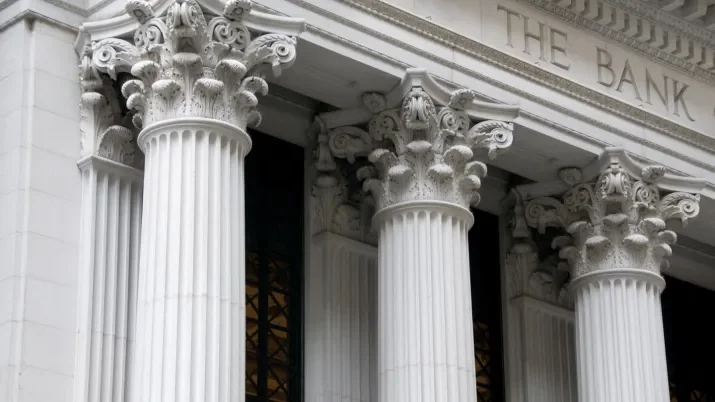The early bird catches the MPR worm
TwentyFour
Inflation rates have been rising for over a year now. While the increasing levels may eventually moderate, inflation is still likely to be with us for some time, especially with the Russian invasion of Ukraine exacerbating post-Covid supply constraints. As a result, fears of a recession induced by sharp rises in interest rates as central banks try to control inflation are becoming increasingly difficult to rule out. However, regardless of whether a recession does actually materialise, the acute rise in the cost of living is undeniably putting the consumer under increasing pressure.
As investors, we are keen to look out for any early signs of how consumers are faring in the face of this adversity – simply waiting for arrears and defaults to occur could be too late. However, this is not necessarily an easy task. Bank and corporate reporting is typically only released quarterly, semi-annually or annually and usually only contains high-level detail. So this is where securitisation can really add some value. The reporting standards within securitisations provide a level of depth that is impossible to find in other industries and allows us to delve deep into the loan level data of asset pools every month.
In particular, the reporting on credit card ABS gives us a great insight into trends in borrower behaviour. We can see how much they are spending, how much and at what rate of interest they are paying, and, importantly, how much of the principal they pay back each month. We believe this Monthly Payment Rate (MPR) – the percentage of outstanding principal repaid by cardholders each month – is one of the best ways to spot the early signs of consumer deterioration. If the MPR starts to fall, history tells us this is probably a very good indicator of consumer credit health and that an increase in arrears and borrower defaults is likely to follow.
Credit card providers cater to many borrowers with very different profiles. With the prime bank lenders, the principal is likely to be paid back during both good and bad times, and their pools should have a consistently high MPR, although this may decline should financial stress persist for a longer period. That said, probably the best leading indicator is to look at securitisations featuring so-called “non-conforming” borrowers – those people who might not qualify for credit with a high-street bank. These pools have significantly lower MPRs at the best of times; therefore, during a downturn, we would expect this payment rate to fall further. How far and how fast can give a good indication of how hard a recession might bite, way before any defaults start appearing.
Credit cards have been securitised in the US, Europe and the UK, which means we can monitor this on a worldwide basis, and right now, we’re keeping a very close eye on it, particularly on those non-conforming borrowers. The good news is that pools are currently performing quite well. In fact, MPRs increased when the various Covid support schemes ended as borrowers used some of the savings they built up during that time to reduce their debt burden. However, it’s still early days in the rising interest rate cycle, and consumers are starting to erode those savings as the cost of living is rising sharply, so it may only be a matter of time before this begins to feed through into credit card MPRs.
We will monitor this closely over the coming months and report as any trends emerge.


